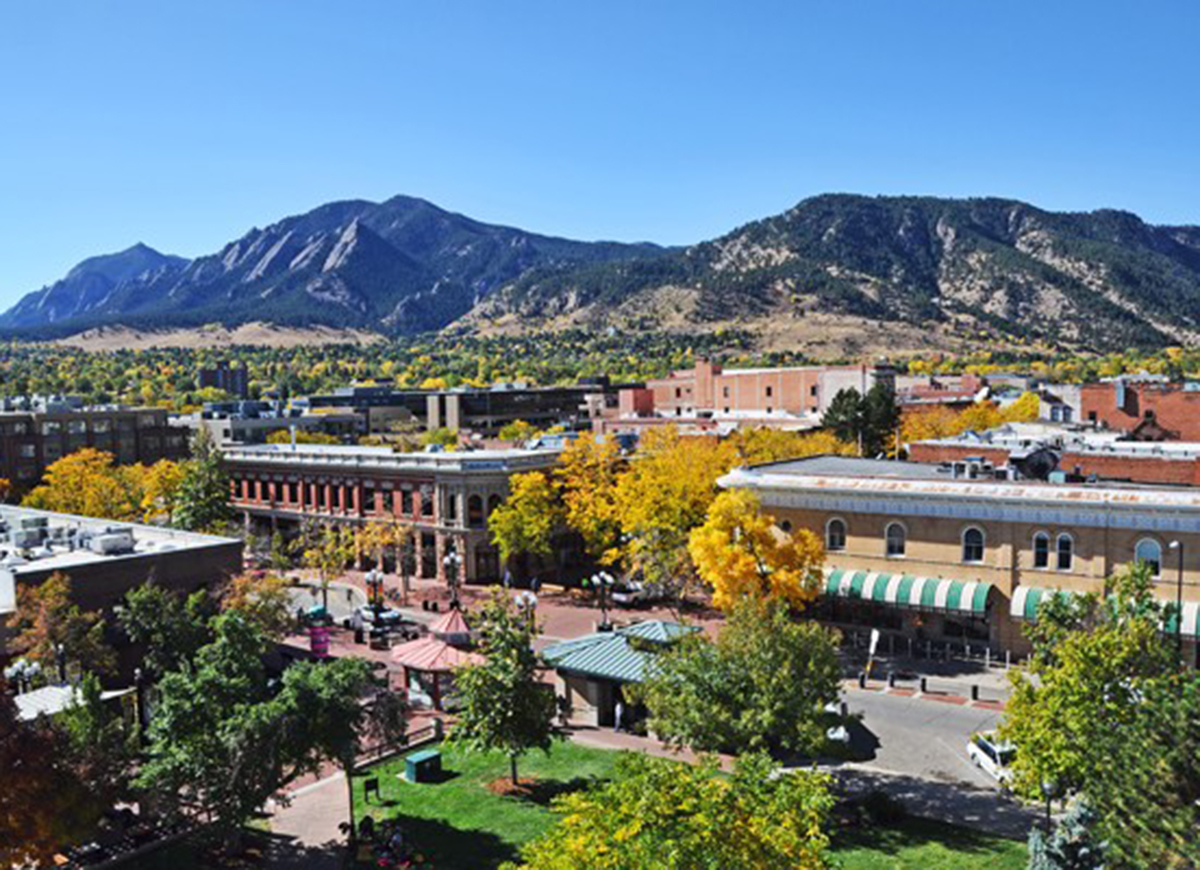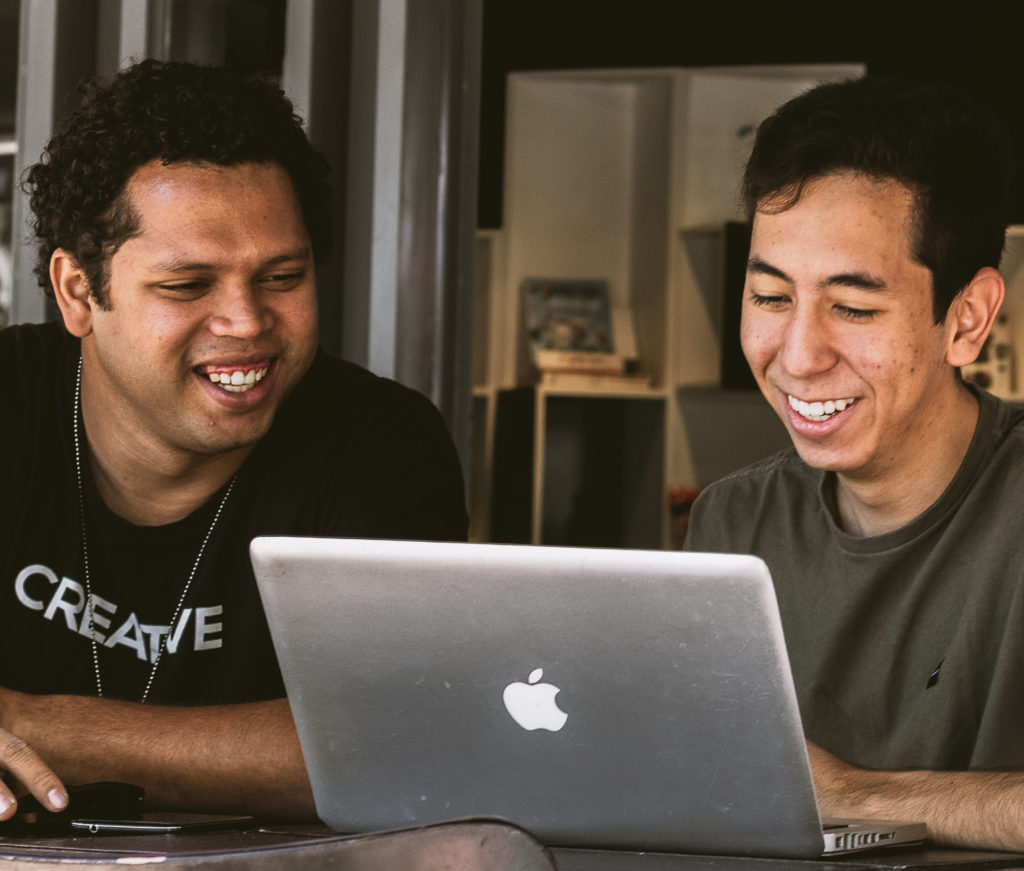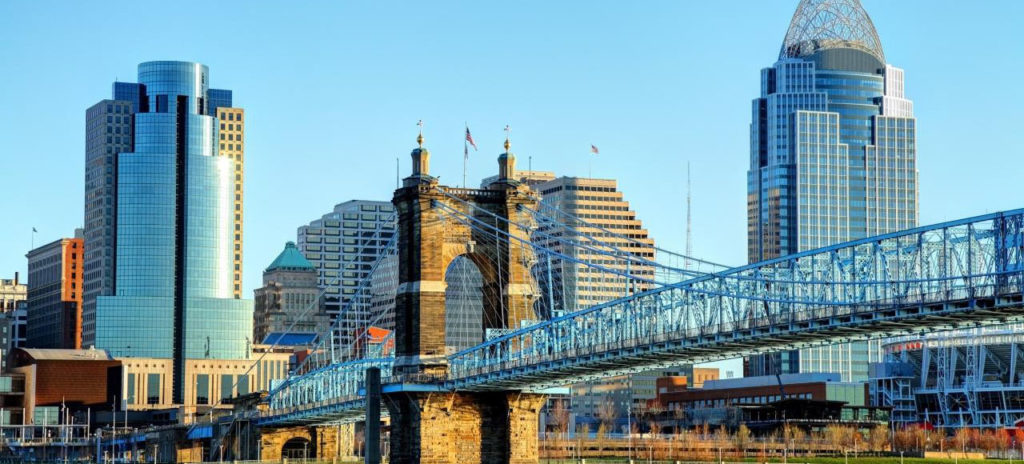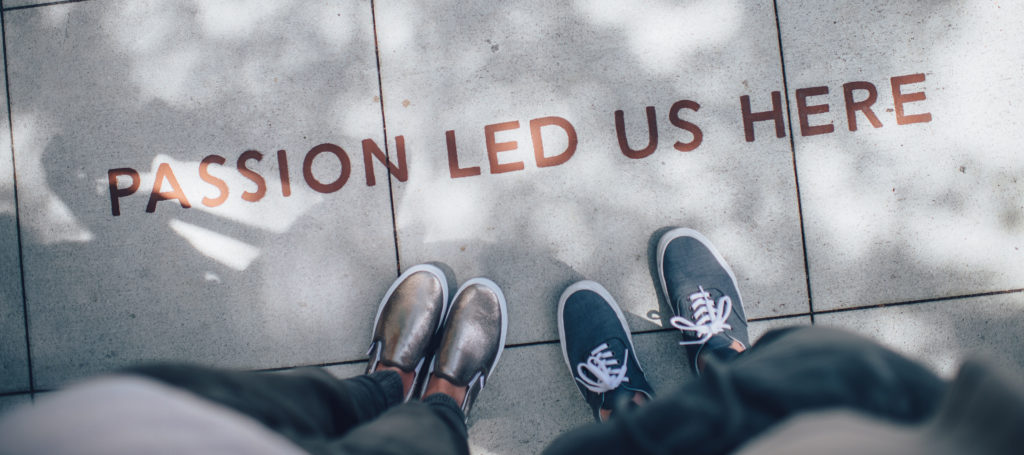Startup Communities

Startup communities are critical. Communities filled with like-minded, passionate, risk-taking entrepreneurs are the heartbeat—the cultural and economic engine—that fuels an innovation economy.
Startup communities are the heart of an innovation economy and serve as the growth engine for long-term economic vibrancy. And economic vibrancy is easier to achieve when all nodes of an ecosystem connect with startup communities and activate on behalf of innovation.
I didn’t always know this truth. Journey back with me to three key places that shaped my view of startup communities, the relationship connectivity that binds them, and the foundation they created for an innovation economy. From Boulder to San Francisco to Cincinnati and back to Boulder again, we’ll follow my learnings from and contributions to these communities.
WHY STARTUP COMMUNITIES ARE CRITICAL
Upon discovering this scene, I became an eager student of venture- backed, early stage startups. I quickly learned that this was not an exclusive club where a ‘secret handshake’ was required to enter. There were no membership fees,” hashtags, or special tee-shirts. Rather, it was a loose, informal circle of highly connected entrepreneurs who gathered around the city to brainstorm new ideas, recruit new team members, share connections to potential beta customers, and exchange introductions to relevant experts and investors interested in supporting new business ideas. The community had unique camaraderie, trust, and openness. The Boulder startup community seemed to “have your back” through the highs and lows of business building, creating a more collaborative than competitive environment.
Communities filled with like-minded, passionate, risk-taking entrepreneurs are the heartbeat—the cultural and economic engine—that fuels an innovation economy. In early 2002, after a wild ride of business building and a lucrative exit, my partner and I moved from Dallas to Boulder. The emotional and financial rewards of my entrepreneurial journey were significant, and with those rewards came an opportunity to kick off a new cycle of life and learning. With a strong university presence, access to nature, a growing creative community of entrepreneurs, artists, and athletes, Boulder had a special gravitational pull. Within the first few months of my arrival, a friend and CEO of Drivn, Christian Heidelberger, introduced me to Brad Feld, a former entrepreneur and highly regarded venture capitalist. Brad was an investor in one of Christian’s first companies and had developed a significant presence in Boulder. Both his own office and co-working space were filled with entrepreneurs
and early stage companies. It was through Brad’s generosity that we were introduced to Boulder’s startup scene. In fact, Brad went on to publish his seminal work on startup communities. In his interview with Quartz, he describes the Boulder thesis, aka the gold standard, of startup communities: “There are four [key elements of a startup community], which I call the Boulder Thesis. First, entrepreneurs must lead the startup community. Second, the startup community leaders must have a long-term commitment, at least 20 years. Third, the startup community must be inclusive of anyone who wants to participate in it. And fourth, it must have continual activities that engage the entire entrepreneurial stack.”

I learned about angel investing, the role mentors play in the early stages, and over time became a board member for several startups. It was both fulfilling and addictive. There’s no experience more transformational than learning from the best and brightest, building lifelong relationships, and having the opportunity to give back to the community that had welcomed me so fully. While Boulder offered the startup knowledge I was looking for, its real gift was opening the door to new relationships with passionate, proven founders and investors who operated according to the relationships they had with each other. My engagement in this active startup scene shifted to a deep sense of community with friends who shared the common goal of building great companies. My takeaway from Boulder? Trusting and connected relationships are the “glue” of sustainable startup communities.
FROM BOULDER TO MENLO PARK
Geography matters. So do portfolios. My experience in Boulder’s startup community was certainly eye opening, especially when it came to bootstrapping and customer growth strategies. It inspired my efforts to extend its “goodness” while learning more about building businesses with venture capital. In 2005, I moved from Boulder to Menlo Park, which is a bike ride away from Stanford, Sand Hill Road, and dense networks of founders, VCs, and mentors, too. At first, this new place was intense and overwhelming. I was an outsider again, looking for a tribe. I was looking to connect to a community of entrepreneurs, not a job or specific role like I had in Boulder. The startup founders I met were wicked smart, laser-focused, and moving fast. There was a deep sense of competitiveness as well as serious pressure to meet, if not exceed, the expectations of investors.
It was clear that tech startups drove economic vibrancy in the Bay Area. Startup founder community First Round Capital (FRC) was explicit in connecting experienced operators, corporate executives, mentors, and early stage investors to tech startups. Rob Hayes, partner at FRC, ensured that his founders and their executive teams could learn from and support each other through their startup journey. While part of FRC’s founder community, I began to invest in, and ultimately lead, Get Satisfaction, a highly regarded online community product. I had a front row seat to how startup communities could be structured, not only by their location, as I saw in Boulder, but deliberately through VC’s portfolios. Beyond their portfolios, venture capitalists’ connections to other early stage investors created fertile conditions for a deeply loyal startup community.
BUILDING STARTUPS IN THE MIDWEST
Rallying cries unite and amplify startup success. In the spring of 2014, I received a call from Spencer Stuart to consider a new opportunity in the Midwest. Greater Cincinnati business leaders had invested in capability to attract, develop, and retain high-growth tech startups—at least that’s what the job spec said. Research indicated that they were behind their peer cities in talent, innovation, and risk capital. Cintrifuse, a public-private partnership, was launched to build a world class startup community. Although I had never lived in the Midwest, I knew of P&G and had worked with the founders of The Brandery, an accelerator in Cincinnati. I had the experience, skills, and knowledge to bring value to the region, but my real education had only just begun. I understood what the business leaders wanted from the startup community: a culture change for the community, access to digital talent and technology, accelerated organic growth, and internal efficiency. It was clear to me that a startup community has a major role to play in a city or region’s aspiration for long-term economic vibrancy.

A significant factor in my Midwest tour of duty was learning from and working with Steve Case, who was leading the Rise of the Rest Movement (ROTR). As serendipity would have it, during my first formal interview with the search committee in Cincinnati, I participated in a panel event with him. ROTR showcased the most promising seed stage companies located outside of Silicon Valley, New York City, and Boston. Given this new assignment, I leaned in to learn more about Steve’s efforts. Anna Mason, ROTR community leader and now partner of ROTR’s Fund became a friend and colleague. She spent 5 years traveling to 43 cities in the Midwest to track the evolution of startup “hubs” where they observed seven components of startup communities that foster connectivity: local government, universities, investors, startup support organizations, large corporations, local media, and the startups themselves. During her travels, she also observed a trend around space as the “front door” to entrepreneurs in a city or a region. She spoke of the importance of developing robust physical spaces that help foster innovation and entrepreneurship; the refinement and evolution of how cities tell their stories and brand their ecosystems; and creative solutions to improve access to capital. I had a lot to learn about the role startup communities played in a region’s economic development strategy. When I asked Anna about this role, she responded: “The fact that startups drive nearly all net new job creation has been well-documented over the years. But equally important is that startup communities typically exude hope, optimism and a continuous drive to make the impossible, possible. When the creativity, ingenuity, and optimism that embodies a startup community can also permeate the broader ecosystem, economic vibrancy can meaningfully accelerate.”

Her observations reflected my experiences with Cincinnati’s startup community. When I first arrived, the startup community was fragmented— they were not connected to each other in a deliberate way. My purpose was clear: to ignite a community fueled by Midwest startup talent. In my early days, I collaborated with Eric Weissmann, VP of Cintrifuse, to establish StartupCincy as a beginning point along the way to building the innovation ecosystem that our business leaders envisioned.
The impacts of this work are reflected in the startup community, its density
and maturity, its success in engaging corporations for product validation, pilots, and risk capital. The impact and influence of the Cintrifuse Syndicate Fund and the engagement of the corporates in our effort were strong differentiators. When it comes to startup community building across the Midwest, StartupCincy has become high-profile. The blueprint was recognized in Inc. magazine as the best model for startup success.
“In Cincinnati, we built a kind of ‘coalition of the willing’ for the betterment of the region. It’s like we built a lighthouse on the shore and woke up the next morning and there were 100 ships in the harbor. What we had uncovered was an unmet need for community; a mutually agreed-upon perspective that if we’re all in this together, if all of our oars are in the water at the same time, we’ll get where we’re going faster. If we all agree that we can all stand under one banner, it will help amplify each other’s stories. We agree that it is mutually beneficial to participate and to partner with and to collaborate and understand the objectives and goals of each other in the ecosystem. It not only makes YOU stronger it also makes your partner organizations stronger. We declared ourselves part of the community. It was a very intentional inclusive effort.”
– ERIC WEISSMAN, VP OF CINTRIFUSE
Now, almost two decades later, I’m back in Boulder and still working with startup communities both here and in the Midwest. We need startup communities. They set the stage for an innovation economy and with the right conditions and support, promise long-term economic vibrancy. To recap: startup communities are not only possible, but are set up for success when there’s a commitment to collaboration over competition and enthusiasm for divergent ideas within a region. And these communities are especially bolstered by physical spaces made for inclusion and interdisciplinary thinking.
My passion to share what I’ve learned led me across the Ohio River to Louisville Entrepreneurship Acceleration Partnership (LEAP), another public-private partnership aspiring to build an ecosystem that connects entrepreneurs, investors, and organizations to strengthen the area’s innovation economy. Louisville is fortunate to have Techstars actively engaged in LEAP’s efforts. Co-founded by David Cohen, David Brown, Brad Feld, and Jared Polis, Techstars began by giving serial startup founders the opportunity to mentor other entrepreneurs. Their efforts increase the probability of startup success and strengthen relationships across the community. Back in 2006, the Boulder startup community that I so loved was shaped by the launch of Techstars’ first accelerator. Their #GiveFirst ethos rang true to those of us in Boulder then, and now in cities like Louisville and all around the globe. Chris Heivley, VP of Ecosystem Innovation for Techstars and co-founder of MapQuest, is applying his expertise building startup ecosystems in Durham, Buffalo, and now Louisville, to countries, regions, and cities. When asked what makes startup communities thrive, he answered: “Fundamentally, there has to be a shared set of values around inclusion and founder-centric support.”
